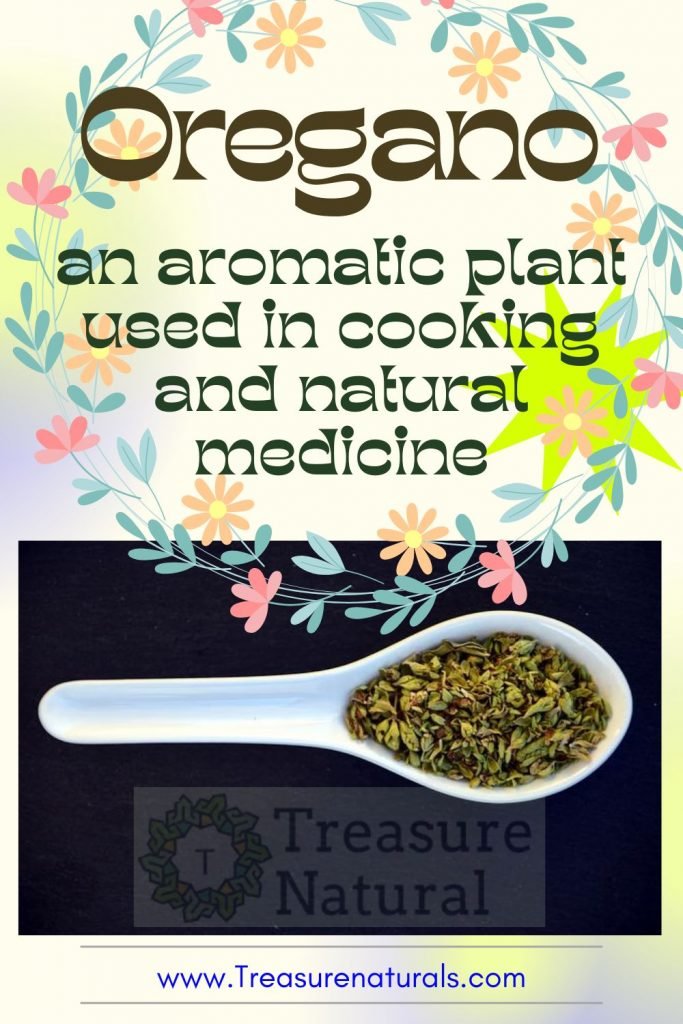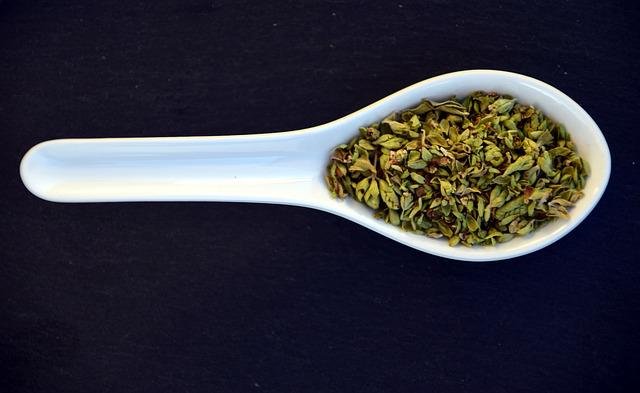
Oregano is an aromatic plant known to all for its uses in the kitchen, but no less remarkable are its properties that make it appreciated in the field of natural medicine: let’s find out more.
Origin
Oregano is a well-known spontaneous aromatic plant whose wide use at a culinary and medicinal level means that it is cultivated to be able to provide us with its benefits at any time of the year in fresh or dried form.
Typically Mediterranean, it was already known and used by the Egyptians and Greeks. For the latter it carried with it a particular meaning of peace and happiness. The spouses adorned it on their wedding day.
It belongs to the Lamiaceae family and includes several dozen species, among which the common oregano, the origanum vulgare, stands out. Of the same family there is also the marjoram (ie the origanum majorana).
It looks like a small shrub that can reach a height of about 80 centimeters. It blooms all summer, and the flowers form small fragrant spikes ranging in color from pink to purple. They were once used to dye wool.
Its habitat is represented by hilly areas with sandy soils, up to mountainous areas no higher than 2,000 meters, it prefers sun exposure and soil moisture.
The meaning of its name corresponds to the Greek “joy of the mountain“. It gives off a pleasant and intense aroma, which does not fade with drying.
Oregano healing properties
The leaves are mainly used, rich in phenols – thymol and carvachlor – which stimulate digestion. Among the various uses of this plant:
- It favors the secretion of gastric juices and is digestive, so it is used as a decoction and infusion.
- It is also antispasmodic, antiseptic, vermifuge, calming, analgesic and expectorant.
- Among the many uses there is also that of removing ants in a natural way. It will be enough to sprinkle the areas infested with these insects, to get rid of them.
- Effective remedy for sore throat. Gargle with water and oregano, boiled for a few minutes and then filtered.
- In case of a cold you can do inhalations with essential oil of oregano, or still prepare an infusion and drink it several times a day.
- It would also have antioxidant properties, especially the essential oil.
- Effective antiparasitic action especially towards intestinal agents.
From a nutritional point of view, it contains mineral salts such as calcium, potassium, sodium, phosphorus, iron, magnesium, then the vitamins of group A, B, C, D, E and K.
Homeopathic medicine also uses it in the form of mother tincture, granules and drops to treat arousal and nymphomania, as well as for respiratory tract infections, coughs and bronchitis.
Oregano contraindications
Care must be taken because the essential oil is irritating to the skin and mucous membranes. For this reason, those suffering from dermatitis and erythema would do well not to take it, as well as those suffering from gastritis and ulcers.
Oregano in the kitchen
It is a herb widely used in cooking, together with mint, basil, thyme, dill and parsley, to flavor practically any food, vegetables, meats, salads, cheeses, fish, sauces and fillings, and is indispensable especially on pizza. And even sweets. In particular, apples and chocolate are suitable.
A simple dish flavored with oregano is the tomato, mozzarella and olive bruschetta. It is made, for example, with slices of homemade bread to be grilled on the plate or in the toaster for a few minutes, tomatoes, mozzarella, extra virgin olive oil, black olives (optional), oregano and salt.
The tomatoes are cut into small pieces, salted, then the mozzarella is also cut into slices, while the bread is sprinkled with extra-virgin olive oil, then the mozzarella and tomatoes are placed on top of the latter, sprinkled with oregano to taste, adding still a drizzle of oil.
Finally, put everything in a pan and bake for 3-4 minutes, garnish, finally, the slices of bread with a few basil leaves and serve hot.
Oregano cultivation
A little like parsley, oregano is also an aromatic that can be easily grown both in pots and in the ground. It is a perennial herbaceous plant that grows spontaneously at different latitudes and is well suited to even the driest and most torrid climates.
- The multiplication can take place by division of the tufts or cuttings preferably in the months of March and April.
- Sowing, on the other hand, can be done at the end of February in special pots or in a seedbed.
- Once grown, the seedlings can be transferred to the ground or to larger pots with the arrival of spring.
Very often oregano is confused with marjoram but it is distinguished from it by the flowers and the aroma that the leaves emanate.
Climate, land and irrigation
The soil does not necessarily have to be enriched with fertilizer as oregano adapts well to even the hardest, driest bottoms and hot climates.
What must be carefully avoided are the stagnation of water which determines the death of the plant. Although it lives well up to 2000 meters above sea level, frost or intense cold can harm crops, so it will be better to ensure the plant has the right sun exposure and protection against night frosts.
Being a plant resistant to even the driest climates, watering must be scarce and sporadic.
Oregano harvesting and conservation
This plant does not need to be pruned, but simply deprived of dry twigs. Its natural development will be propitiated by the harvest that must be carried out when the plant is in bloom, from June to September.
This is the moment when oregano releases all its best aromatic notes and the active ingredients are highly concentrated in leaves and inflorescences.
Pruning must be performed with special scissors starting from the base of the stem. Do not tear off the twigs with your hands as this could damage the structure of the plant.
Once harvested, oregano can be preserved by drying. Thanks to this conservation technique you will enhance the aroma of the plant and keep the flavor unchanged over time. Fresh leaves, on the other hand, can be stored for several days in the refrigerator or frozen in the freezer.
How to grow oregano: practical advice

The secret of the cultivation of oregano, in addition to the low water supply and exposure to direct light, is the maintenance of the soil. In fact, it is necessary to carefully eliminate all weeds so that they do not hinder the development of the plant.
For the rest, it is not particularly sensitive to the attack of parasites and insects but, like all rustic plants and medicinal herbs, it can be damaged by some aphids.






